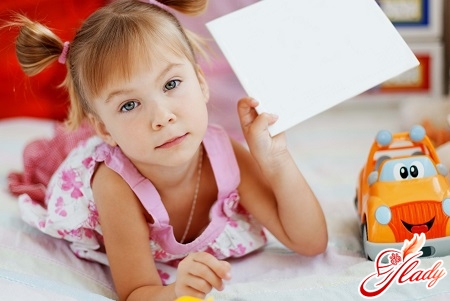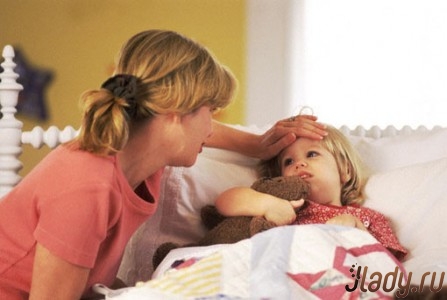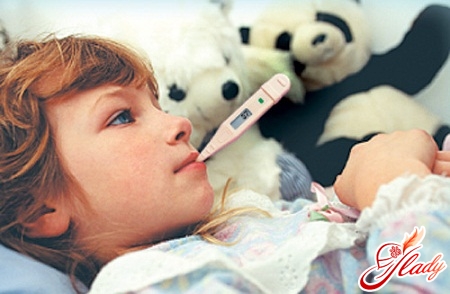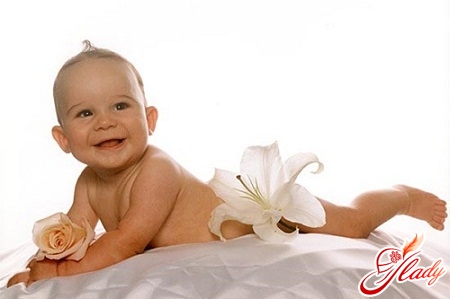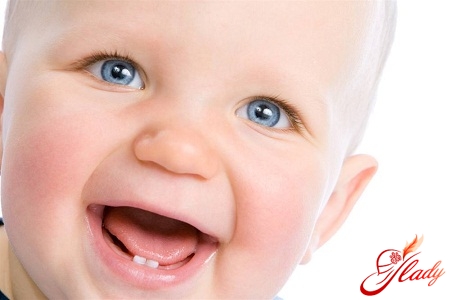 Baby's teeth are always an objectclose attention of all parents. At first, parents eagerly await the appearance of the first tooth. But time flies unnoticed - and now mom and dad are looking into the baby's mouth with the same impatience, waiting for the first milk teeth to fall out. And this question often causes a lot of anxiety and worry, because for some, milk teeth begin to fall out earlier, and for others - later. But in any case, the pattern is standard - the first teeth in children are milk teeth, their replacement with permanent ones begins at about 6 - 7 years old. In order to better understand the principle of changing milk teeth, let's take a brief excursion into anatomy. The formation of the rudiments of milk teeth begins during the intrauterine development of the baby, and from the very first weeks of pregnancy. And the rudiments of permanent teeth begin to develop immediately after the baby is born. This process is very complex and lengthy, with an adjustment for the individual characteristics of the baby's body. Sets of milk and permanent teeth are also different. As you know, a person has 32 teeth - 16 upper and the same number of lower. However, there are only 20 baby teeth. As a rule, baby teeth most often fall out at the moment when permanent teeth begin to erupt. Very often, parents worry that the child will begin to experience pain when teeth change. However, nature is extremely reasonable and has excluded such a possibility. At the beginning of the change process, the roots of baby teeth begin to gradually "dissolve". Having lost their roots, the teeth begin to loosen and fall out without causing the child any particular discomfort. And it is in this vacated space that a permanent tooth erupts and grows. Most often, the change of teeth begins with the child's lower jaw. Of course, a child's teeth change gradually - over 6 - 8 years. As already mentioned, this process begins at about 7 years old and ends by 14 years. Fluctuations in these terms depend on a variety of factors - genetic predisposition, the child's diet, the quality of his drinking water. Dentists even track the dependence of the timing of teething on the region of residence of the child. And therefore, there is no need to panic if the baby's milk teeth are in no hurry to fall out. And, besides, remember that the change of teeth directly depends on the general development and growth of the body. And all the diseases that the child has suffered can also delay the beginning of the change of teeth.
Baby's teeth are always an objectclose attention of all parents. At first, parents eagerly await the appearance of the first tooth. But time flies unnoticed - and now mom and dad are looking into the baby's mouth with the same impatience, waiting for the first milk teeth to fall out. And this question often causes a lot of anxiety and worry, because for some, milk teeth begin to fall out earlier, and for others - later. But in any case, the pattern is standard - the first teeth in children are milk teeth, their replacement with permanent ones begins at about 6 - 7 years old. In order to better understand the principle of changing milk teeth, let's take a brief excursion into anatomy. The formation of the rudiments of milk teeth begins during the intrauterine development of the baby, and from the very first weeks of pregnancy. And the rudiments of permanent teeth begin to develop immediately after the baby is born. This process is very complex and lengthy, with an adjustment for the individual characteristics of the baby's body. Sets of milk and permanent teeth are also different. As you know, a person has 32 teeth - 16 upper and the same number of lower. However, there are only 20 baby teeth. As a rule, baby teeth most often fall out at the moment when permanent teeth begin to erupt. Very often, parents worry that the child will begin to experience pain when teeth change. However, nature is extremely reasonable and has excluded such a possibility. At the beginning of the change process, the roots of baby teeth begin to gradually "dissolve". Having lost their roots, the teeth begin to loosen and fall out without causing the child any particular discomfort. And it is in this vacated space that a permanent tooth erupts and grows. Most often, the change of teeth begins with the child's lower jaw. Of course, a child's teeth change gradually - over 6 - 8 years. As already mentioned, this process begins at about 7 years old and ends by 14 years. Fluctuations in these terms depend on a variety of factors - genetic predisposition, the child's diet, the quality of his drinking water. Dentists even track the dependence of the timing of teething on the region of residence of the child. And therefore, there is no need to panic if the baby's milk teeth are in no hurry to fall out. And, besides, remember that the change of teeth directly depends on the general development and growth of the body. And all the diseases that the child has suffered can also delay the beginning of the change of teeth.
How's it going?
So, we found out that everyone has a tooth change periodchildren are individual. But the sequence in all cases, except for rare exceptions, is the same. The first to take up their permanent "post" are the molars - the sixth teeth in a row. And please note - there are no baby molars. As the child's jaw grows, space appears for these teeth. The timing of tooth replacement is very individual, but the sequence of this process is always the same. The first permanent teeth that you will find in your baby's mouth are molars - the sixth teeth, if you count from the middle of the jaw. Space for these teeth will appear when the jaw grows, and the appearance of the sixth molars is not associated with the loss of baby teeth. Space for them appears as a result of the increase in the size of the child's jaw. Then the actual change of baby teeth begins, which occurs according to the same pattern as they erupted. First of all, the incisors become loose and fall out, followed by the premolars. The first pair of premolars is replaced at about 10 years of age, and the second by 12 years of age. And by 13, the canines are replaced. By the age of fourteen, the second molars appear, and last of all, the third molars - the "wisdom" teeth. Although, to be fair, it should be noted that they appear in adulthood. And even then - they do not appear in all young people. Some remain "unreasonable". This can happen due to the absence of tooth rudiments. And in some other cases, the tooth simply does not erupt - either due to a lack of space in the jaw, or because of its incorrect position. This is observed very often. Doctors assume that wise nature had a hand in this. After all, by and large, modern people no longer need these teeth - we do not eat raw meat.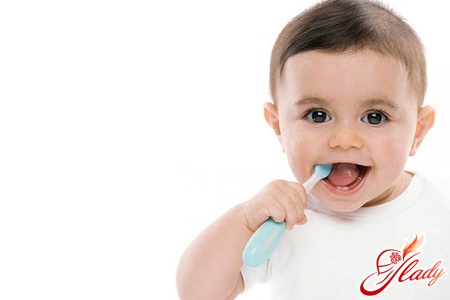
Care of teeth
Parents should closely supervisethe process of oral care. There is nothing particularly complicated about it. In the first period after a permanent tooth has erupted, its enamel is not mineralized enough, which means that the probability of developing caries is also very high. Therefore, care during this period should be especially thorough. First, buy your child a fluoride toothpaste. In addition, it is advisable for the child to at least rinse his mouth with water after each meal. This measure will significantly reduce the likelihood that you will have to seek help from a dentist. And pay attention - it is advisable to exclude possible snacks, since they also significantly increase the risk of developing caries. In the event that the change of teeth is accompanied by severe itching or pain in the gums, or the baby complains of increased sensitivity of tooth enamel, be sure to show the child to the dentist. The doctor will examine the child's oral cavity and, if necessary, prescribe special treatment aimed at strengthening the enamel. And parents should remember the need to adjust the child's diet - it should include as many foods with a high calcium content as possible. Moreover, doctors recommend systematically giving your child vitamin and mineral complexes during this period. Your pediatrician will help you choose them. And in some cases, the doctor, having assessed the child's condition, may decide on the need to take certain drugs containing calcium.
If the tooth is crooked?
Sometimes parents lament that, unlikebaby teeth, permanent teeth are erupting crookedly. Why does this happen? Most often, this is due to the slow general development of the child. The jaw of such a baby grows quite slowly. Therefore, permanent teeth, larger than their predecessors, simply do not have enough space. And, as a result, they begin to grow crookedly. In addition, in some cases, the cause of abnormal tooth growth is the presence of certain bad habits. Such a habit can be sucking on the tongue, fingers or foreign objects. Therefore, you need to try to wean the child off this as quickly as possible. And if parents notice that the child has not developed interdental spaces by the age of 4 - 5, they should show the child to the dentist - orthodontist as soon as possible. Some parents ask the dentist to remove a tooth immediately after it has just started to wobble. However, you shouldn't do this without special need - most often the change of teeth occurs completely painlessly and unnoticed by the child. But in some cases, the doctor's help may still be needed. Such situations include:
- The position of the tooth
In some cases, a baby tooth can be veryinterfere with the eruption of a permanent tooth. And if a baby tooth is not removed, there is a risk that it will grow in incorrectly. It is worth getting rid of such a tooth in a timely manner.
- Inflammatory processes
You will also have to part with your baby toothdoctor's office if it has become the culprit of the development of certain inflammatory processes in the oral cavity. In some cases, it is not possible to eliminate the inflammation without removing the tooth.
- Tenderness of a milk tooth
It is also worth getting rid of the tooth in the following case:if it is too loose and hurts, but does not want to fall out on its own. Such a tooth can cause a lot of discomfort to the child. In any case, if the change of baby teeth in children is accompanied by certain problems, you should not take risks and wait until the problem resolves itself. However, it is much wiser to seek help from a doctor as soon as possible. After all, at this stage, doctors can do much more than when all the permanent teeth have erupted. But you should not worry in advance, "just in case". The change of baby teeth to permanent molars in children, as a rule, occurs without any complications.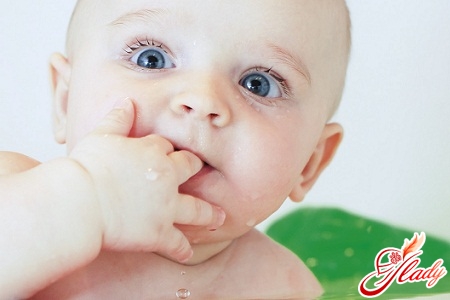
The tooth fell out. What to do?
So, the child lost a tooth.What should you do in this situation? As a rule, the wound bleeds quite heavily. And many parents get scared when they see this. However, this is not a reason to panic - there are a lot of small blood vessels in the oral cavity. But this bleeding does not pose any threat to the child's health. So calm down - your fear can be transmitted to the child. Just stop the bleeding. It is very easy to do - form a napkin from a sterile bandage or gauze and let the child bite it. As a rule, the bleeding will stop in 3 - 5 minutes. If the bleeding does not stop within 10 minutes - this is a cause for concern. Tell your doctor - pediatrician about this. You may need to take a general blood test. Make sure that the child does not eat or drink anything for two hours after the tooth extraction. From the diet on this day, it is necessary to exclude all bitter, salty and spicy foods. They can provoke irritation of the wound and discomfort in the child. Very often parents prefer to let their child rinse his mouth with hydrogen peroxide. But doctors do not recommend doing this. It is better to rinse the tooth with a saline solution every two hours during the first 24 hours after the tooth falls out. It is easy to prepare - heat a glass of water, dissolve two tablespoons of salt in it and add a few drops of iodine. Stir thoroughly and cool to a temperature of 37 degrees. And do not forget the most important thing! Put the tooth under the pillow at night so that the tooth fairy will bring a gift. Or leave it to the mouse - it's up to you. Of course, modern children are not as naive as we were. But a child remains a child. And any child believes in miracles! We recommend reading:




